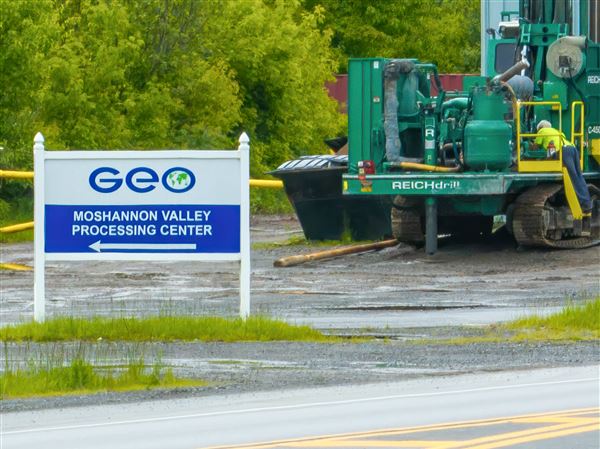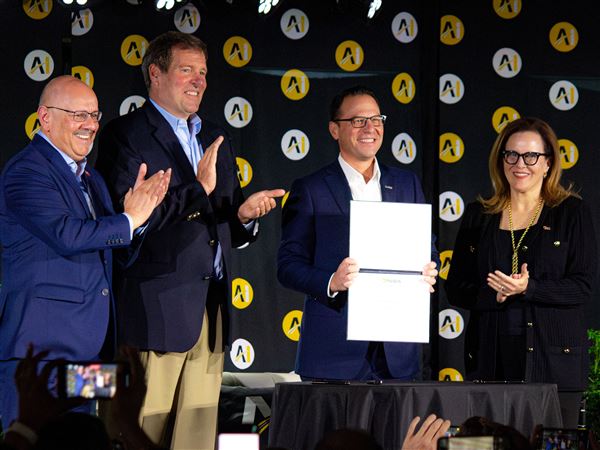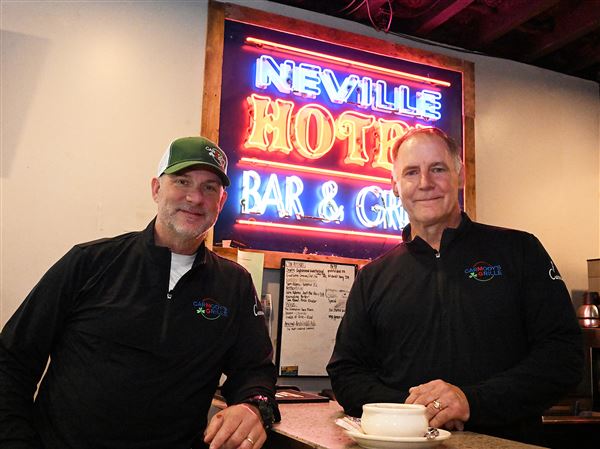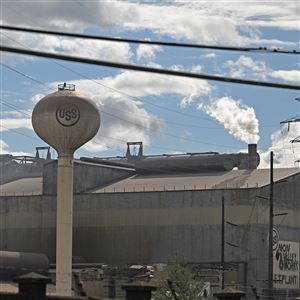By Chris Welsch, Minneapolis-St. Paul Star Tribune
In Athens, you can't escape time's arrow. Not even in a shiny new subway station in the heart of the city.
"Do you know how many Athens we are standing on right now?" asked Despina Savvidou as we walked down the stairs into the Syntagma Square subway station. "At least six cities. When they dug up the subway system, they brought into light every old Athens."
Savvidou is a native Athenian who proudly waves the banner for all things Greek. She was leading me and three others on a walking tour of the city. Our starting point was the subway station. The endpoint would be the Acropolis, which, to use the Greek alphabet, is the alpha and omega of Athens.
The new subway seemed an odd place to start an examination of one of the world's oldest cities.
The station's sleek surfaces -- marble floors, metal railings, a giant metallic clock sculpture -- sparkle under large overhead lights. On one side of the station, however, a glass wall reveals layers of the past, directly where they lie. Signs point out a thousands-year-old roadbed, a grave from 400 B.C., wine vessels and clay drain pipes for the city's ancient sewage system, among other things. The layers speak of prehistory, the glorious Greece of Pericles, the days of Rome, the Christian empire and the 400 years of Turkish occupation.
The subway, completed in 2000, became Athens' most ambitious archaeology project, Savvidou said. As crews built three major metro lines and dozens of stations, archaeologists excavated more than 2 million artifacts. Some of them are on display in Syntagma Station: olive-oil lamps, vases, combs and pieces of jewelry that once adorned the beautiful women of the Greek capital. The subway itself is an important artifact of modern Athens.
"All Athenians are very proud of this subway system," Savvidou said. "It takes more than 800,000 people in and out of the city daily. You can't compare the traffic today to what it was even five years ago. And that's the least of it. Athens has undergone tremendous change in a very short time."
That, I could see for myself. I have been to Athens twice. In 1988, Athens was a poor, European backwater. Few people spoke English. Traffic jammed the narrow streets. Yellow-gray haze obscured the city's famous hills. Just the same, I fell in love with the city -- with its opinionated citizens, its smoky tavernas and the way Athens' herky-jerky present awkwardly flowed around the ruins of its illustrious history. Public buses belched diesel fumes not 100 feet from the teetering columns of the Temple of Olympian Zeus.
For a drachma-pinching backpacker, Athens was ideal. My hotel near the Acropolis was $17 a night. For dollars a day, I ate moussaka and stuffed grape leaves and sipped ouzo and murky Greek coffee. I had to learn some Greek to order food and get around.
It was my first trip to Europe as an adult, and it was an odyssey in the best sense of the word. In the span of a few days, I fell in love, I lost love and I bemoaned cruel fate. In tears, I sat on the stone risers in the moonlight at the Theater of Dionysus, the open amphitheater on the southern flank of the Acropolis. The venue for Euripides' greatest plays was the perfect place to rue my personal drama. Even small tragedies deserve a great stage.
This time around, Athens was an excellent reminder that when you travel, you travel in time as well as in space. In other words, the parochial Athens of 1988 was not the cosmopolitan Athens of 2006.
A bargain hotel near the Acropolis was $100 euros a night. The sit-down meals cost at least $20. The soot-stained shops on pedestrian-only Ermou Avenue had become posh fashion houses and trendy cafes. The smog hasn't disappeared completely, but for a couple of days, the sky was crystalline blue. And the subway -- with signage in English and Greek -- made getting around simple.
Despina Savvidou and our group boarded the train for the Acropolis. Minutes later, we stood at the base of the vertiginous, rocky hill. We walked up Dionysus Avenue, past the ancient theater of my long-ago heartbreak.
We paused to admire the Acropolis, still looming above us. "This is a symbol of the Greek nation," Savvidou said. "This is our holy rock."
Talk of the past evaporated when we came around the corner and confronted the facade of the Parthenon, the temple to Athena that crowns the Acropolis. It may be 2,500 years old, and partly in ruins, but it retains the power to strike awe into its viewers.
It's a very simple structure on first glance: eight white marble columns support a triangular pediment and 17 columns flank the sides. It's the model for thousands of banks, museums and government buildings the world over. But it's not simple at all.
"The architect took many steps to play with our attention," Savvidou said. "The columns are not parallel. If you lengthen them long enough, they form a pyramid. The columns are also wider at the top and bottom, but you can't see it. It's an optical illusion that creates a fluidity of movement. You can't take your eyes off it."
Savvidou explained that the Parthenon is built on a foundation of gravel, sand and straw -- "the first anti-seismic building in the world." The Parthenon survived many earthquakes as a result. It's been man, not nature, who posed the biggest threats to the building.
"Until 1687, the Parthenon was intact, the whole structure. It was so beautiful that no one touched it," she said. "Then, during a siege of Athens, a Venetian bomb destroyed the roof and knocked other parts of the temple down." Leaving it much as it is today.
That was where Savvidou left us. Modern Athens spread in all directions beneath our feet, and rising above us, the Parthenon proudly stood vigil, a fragment of Athens' past that regally presides over its present.

Chris Welsch, Minneapolis-St. Paul Star Tribune
The Acropolis
First Published: April 9, 2007, 4:00 a.m.














